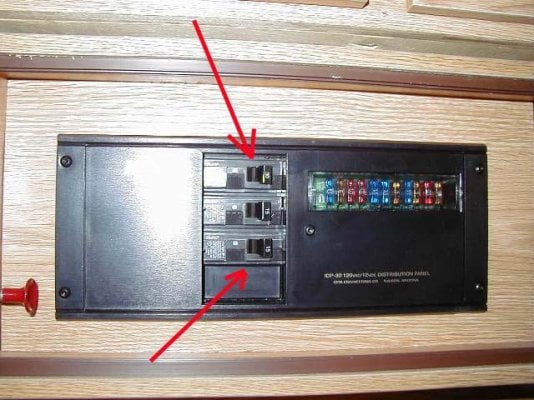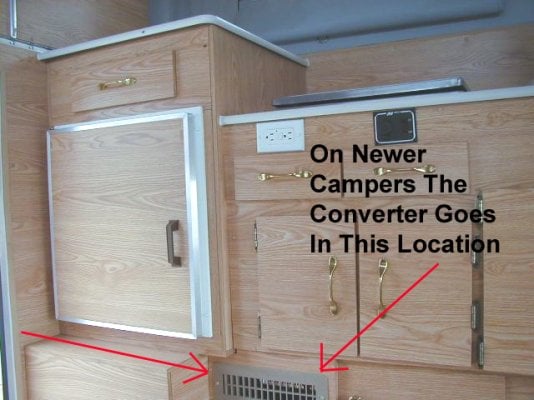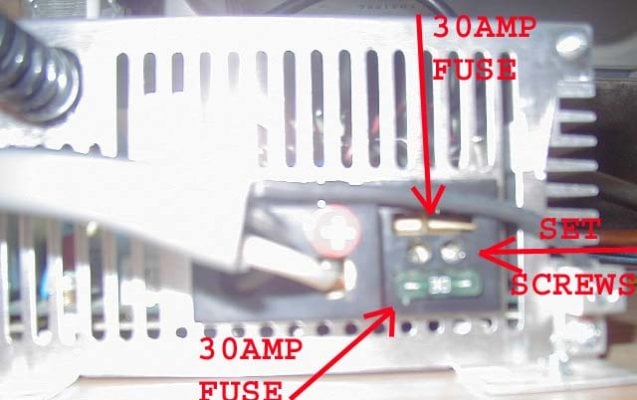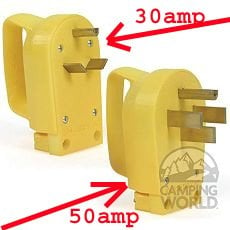On my last trip I stayed at an RV park and decided for the first time that I wanted to plugin and have some power to charge my laptop. I plugged the cable into the jack at the RV spot but had no power at the outlet in the camper.
Not even sure what to ask here - what could I possible have done wrong? I double checked that the fuse to my RV spot was on and it was.
Not even sure what to ask here - what could I possible have done wrong? I double checked that the fuse to my RV spot was on and it was.




